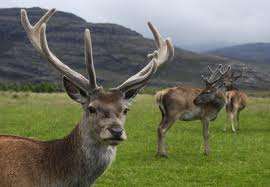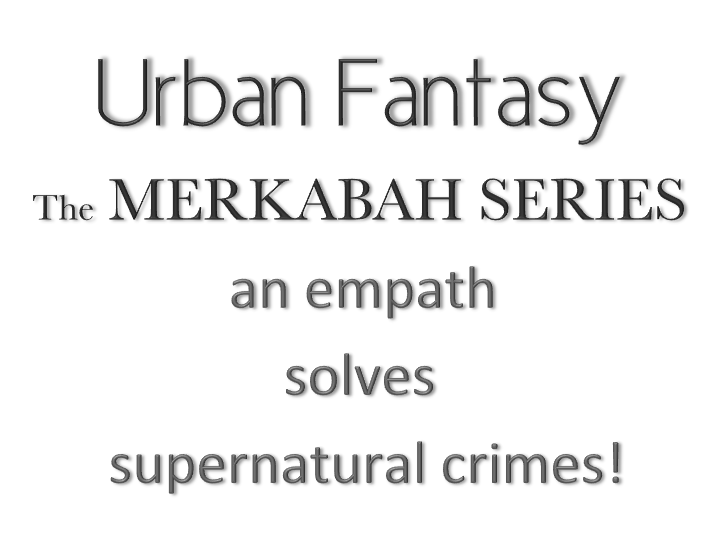a summer of symbolism continues…
 Authors, film directors, and marketing experts all know the power of animal symbolism. It’s ingrained in our collective conscious–manifests over time, shared among cultures–a testament to our innate understanding of the world. But remember, symbols are ambiguous and changeable.
Authors, film directors, and marketing experts all know the power of animal symbolism. It’s ingrained in our collective conscious–manifests over time, shared among cultures–a testament to our innate understanding of the world. But remember, symbols are ambiguous and changeable.
Animal symbolism K thru Z:
Kangaroo: The leaping marsupial is symbolic of progress in Australia. The creature is associated with speed, and since the kangaroo can go months without water, it represents endurance.
Lamb: The iconic symbol for innocence, kindness, and passivity. The Christian symbol for Christ and sacrifice.
Monkey:They made an evil comeback as flying goons for the Wicked Witch, but the  creature is actually linked to deception and vanity. It’s considered one of the 3 senseless creatures–the other two are tigers ( for anger issues) and the deer ( for pining love).
creature is actually linked to deception and vanity. It’s considered one of the 3 senseless creatures–the other two are tigers ( for anger issues) and the deer ( for pining love).
Mouse: We say someone is mousy for a reason–they are associated with the meek and lowly. The little vermin is also a symbol of frugality.
Pig: A mixed bag of symbolism for this oinker. On the positive side, the pig is associated with fertility and abundance. On the negative, it’s linked to gluttony, ignorance, and selfishness. In Muslim and Jewish religions, this scavenger is considered unclean.
Ox: The beast of burden is symbolic of hard work, strength ,and prosperity.
Raccoon: With is Zorro-esque mask, the mischievous and nimble raccoon is a trickster figure to Native Americans.
Rat: In Asia, the rat is a good luck symbol. In the West, quite the opposite. The vermin is associated with plague, death, and destruction.
Ram: The ram is associated with virility. ( Isn’t that your first thought when seeing a Dodge ram truck?}
Rhinoceros: The formidable beast is symbolic of vitality, boldness, courage and fertility ( all the alpha-male traits) It’s massive horn is used as an ingredient in aphrodisiacs.
 Stag: The stag is often depicted as heralding divine events. It’s also symbolic of hunting and fertility.
Stag: The stag is often depicted as heralding divine events. It’s also symbolic of hunting and fertility.
Wolf: Opposing symbolism for this fierce beast. Romans associated the animal with courage and victory. Modern beliefs associate it with greed, deviousness, and cruelty. Native Americans called upon the creature to counsel spirits in the afterlife. ( Think : Dances with Wolves)
I teach literary analysis ( must pay the bills) and remind my students to look closely at the symbolism in a novel. Why did the author include that fruit? Or name the character Neil? Why is the protagonist sitting under a pear tree? Why is her dress blue? Before jumping to any symbolic conclusions however, we look at the symbol in context of setting, history, and culture.
Related Links: Bugs; Fruit of the Gods; Tree of Life; Sacred Spices; Foods of Life; Birds of a Feather #1; Birds of a Feather #2; Gems & Jewels #1; Gems & Jewels #2; Lucky Charms; Demonic Animals; Wild & Tame; Wild & Tame #2















